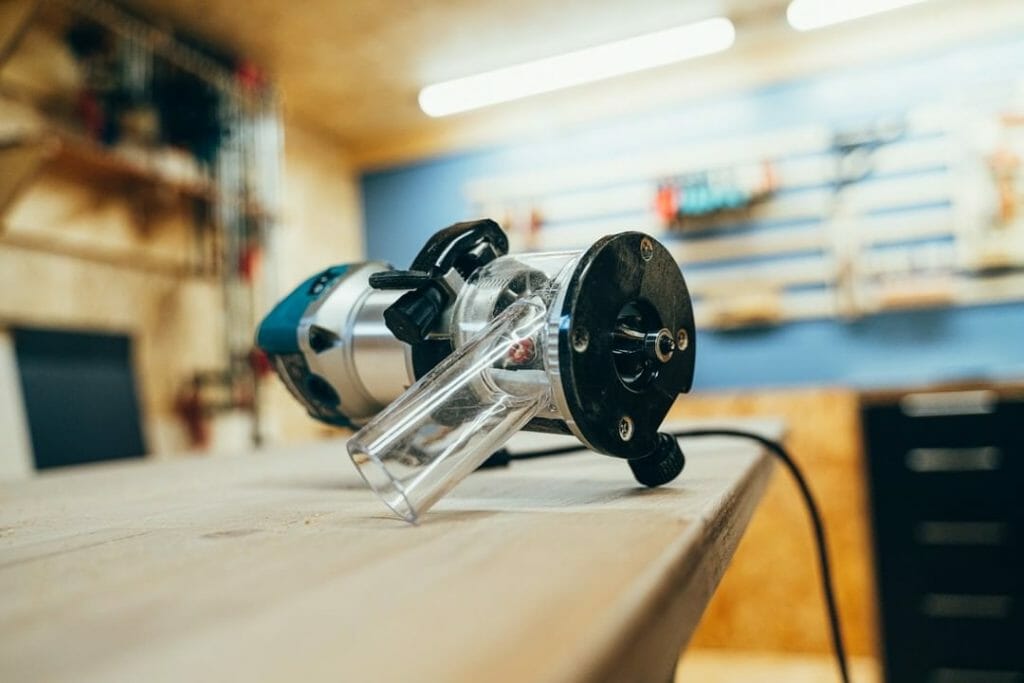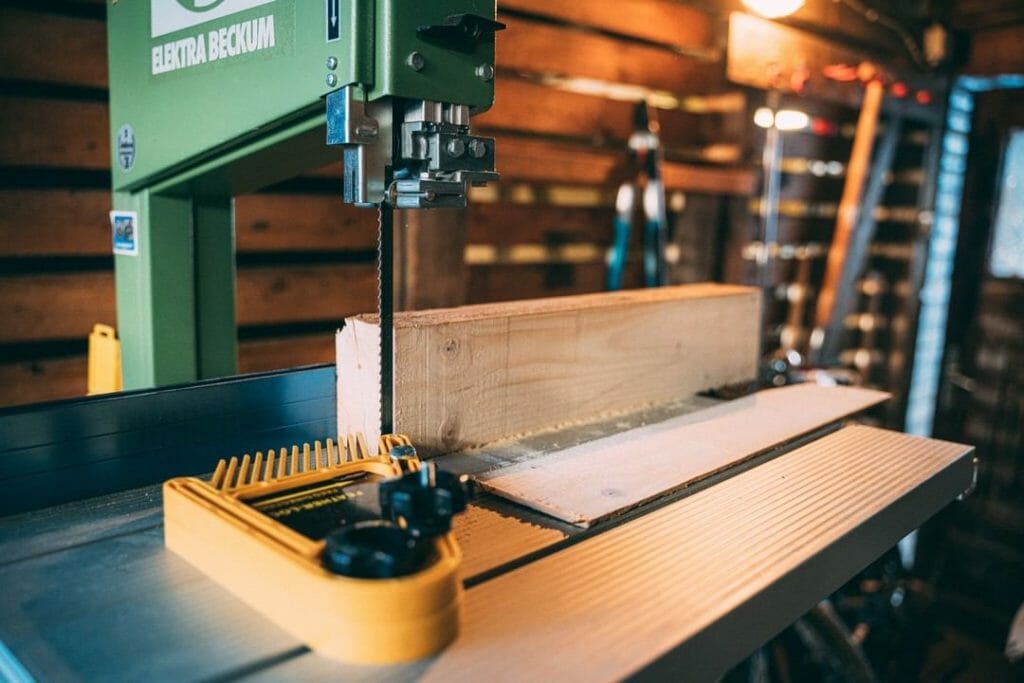EXPERT DIY ADVICE FROM HOME IMPROVEMENT SPECIALIST
WE PROVIDE HANDYMAN ADVICE & IN-DEPTH PRODUCT REVIEWS
FOR ALL YOUR HOME IMPROVEMENT VENTURES
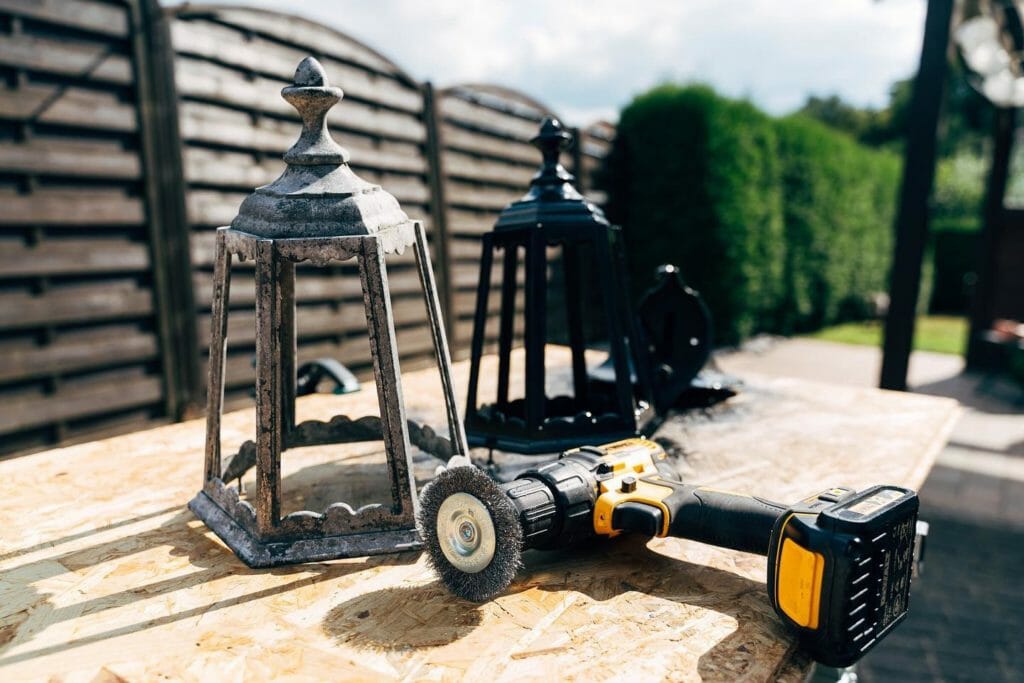
Home Improvement
Get professional advice on ways to enhance your home from industry experts.
Featured Posts
Check out our most popular posts that help hundreds of thousands of readers expand their DIY knowledge
base via our online home improvement resource.

20 Shower Tile Ideas and Designs for homeowners
Dreaming of a bathroom oasis? Ever wondered how the perfect shower tile can transform your space into a luxurious retreat? Bathroom Tile Ideas for Shower and Floor The best shower tile ideas need to consider tiles that are waterproof, durable,…
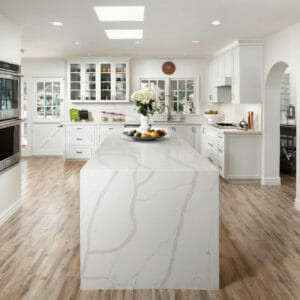
Quartz vs Granite for kitchen Countertops
It’s a heavyweight battle: quartz vs granite for kitchen countertops. But which one is better for your home? Which Is Better: Quartz or Granite Countertops? Let’s cut to the chase. The best countertop material depends on your needs, preferences, and…

Privacy Fence Ideas to Transform Your Yard
Tired of prying eyes invading your outdoor sanctuary? Want to know how to shield your front or backyard in style? Backyard Privacy Fence Ideas 1 | White Picket Fence The original American dream was to have a beautiful family and…

Gaming Room Ideas for Both Casuals and Pros
Struggling to level up your gaming space into a legendary realm? Wondering how to transform a bland room into a gamer’s paradise? Gaming Setup Ideas and Design Tips Video-game-room setup depends on four major factors: For example, you likely won’t…

26 Basement Bar Ideas for the Ultimate Entertainer
Thinking of transforming your basement into the ultimate entertainment hub to sip whiskey and what the game? Wondering which bar style will perfectly complement your home? Why a Basement Bar? Installing a bar in your basement is a remodeling project…

Budget Man Cave Ideas for homeowners
What if you could build an awesome man cave retreat to resemble a home sports bar or poker hub without having to take out a second mortgage? Cheap Man Cave Ideas: Under 15k 1 | Garage Man Cave The garage…
Latest Posts
Get the latest from those in the know as we cover all your home improvement product and tool needs
while keeping you up to date with a heap of helpful DIY tactics.

How to Make a Small Room Look Bigger on a Budget
Wondering how to transform your cramped lounge room or bedroom into a visually expansive sanctuary? 15 Ways to Make a Room Look Bigger on a Budget One simple solution to try first – move your furniture around! Moving your furniture…
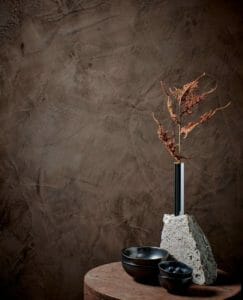
18 Wall Texture Types to Transform Any Room on a Budget
Ever wondered how to add character and depth to your walls without breaking the bank? Wall textures might be your ideal solution for a stunning interior transformation. Interior Design Wall Textures Ideas To understand your wall texture options, you need…
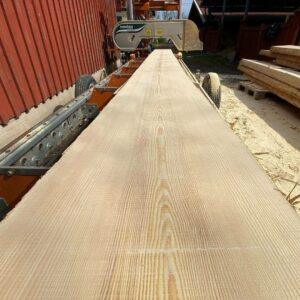
Chainsaw Mill vs Bandsaw Mill: If you Had to Pick Just One
Torn between a chainsaw mill and a bandsaw mill for your lumber projects? Let’s navigate the pros and cons to help you decide which one fits your woodworking needs best. As you weigh the benefits of a chainsaw mill’s mobility…
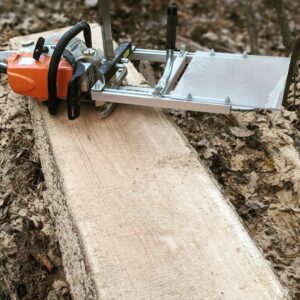
Best Chainsaw For Milling Lumber in 2024
Seeking the perfect chainsaw for milling lumber in 2024? Discover the ideal tool that combines power, precision, and reliability for your woodworking projects. Overview of Top 5 Chainsaw Picks for Milling Choosing the right chainsaw for milling is pivotal for…
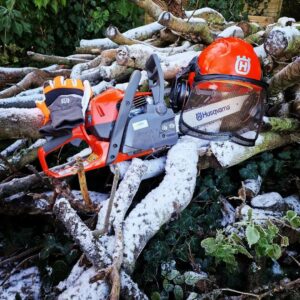
Smallest Gas Chainsaws: 10 Best Small Chainsaw Options
Looking for a small gas chainsaw that’s big on performance? Discover our top 10 picks in 2024, each compact yet powerful, perfect for tackling your yard work efficiently. 10 Best Small Gas Chainsaws 1 | ECHO CS-355T 14-Inch 35.8cc Gas…

How to Hang Curtains Without Drilling Holes Into a Wall
Wondering how to give your space a fresh look with curtains but dread the thought of drilling into your walls? Surprisingly, most renters avoid wall modifications, making drill-free curtain hanging methods a sought-after solution. Choosing the right no-drill curtain hanging…
You Can Trust The Professionals
With over 60 years of industry experience from several dual-trade experts, our team of professional
contractors and engineers aim to enhance your DIY skills while sharing our thrust for knowledge.
Want You Need to Succeed
We Get Straight to the Point and Cut Through the Clutter
How-To Guides
If you’re looking for trustworthy information so you can tackle a remodeling job or some fault-finding tips for a problematic air conditioner, we’ve got you covered.
Our user-friendly guides are here to assist you with mastering just about anything DIY-related.
Create Incredible Projects
We’ll break down the basic principles of woodworking and provide further in-depth analysis of what tools and equipment you’ll need to excel as a craftsman.
Get into the thick of things and enhance your woodworking skills with our rich informational resource.
True Craftsmanship Is a Skill
Knowing What Tools and Equipment You’ll Need Is Half the Battle
We Test & Review The Very Best
Our many successes and failures through trial & error will allow you to make informed decisions when either selecting the required tool for the necessary task or hiring the ideal equipment for the most difficult of jobs.
How We Construct Our Comprehensive Reviews
We’re in the trenches—enabling us to constructively test products and consult with brands about what makes their products unique. With literally decades of experience manhandling various power tools and equipment, our team turns our findings into valuable information you can use.
We Go Deep…
Putting Products To The Test
Your Problem
Whether your conundrum is choosing between a tool you require for an upcoming
project or ditching the DIY approach for a professional contractor,
we’ll happily point you in the right direction.
Our Solution
We’ve orchestrated hundreds of benefit-driven product reviews. We’re determined to deliver actionable DIY information and facilitate service solutions for those seeking professional contractors.
We Deliver Value, Not Junk!
Get in the know when it comes to DIY and subscribe to our mailing list for special offers you’ll just have to see to believe.
As Featured In
We’ve orchestrated hundreds of benefit-driven product reviews, and delivered countless home improvement tips
to readers. Hence the reason why we’ve been featured by some of the biggest brands in the space.

